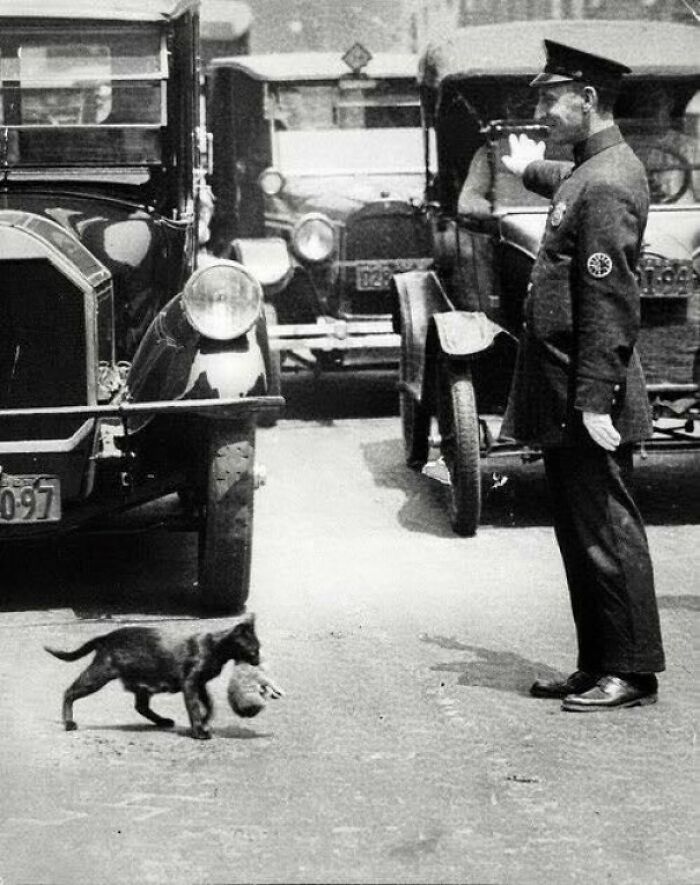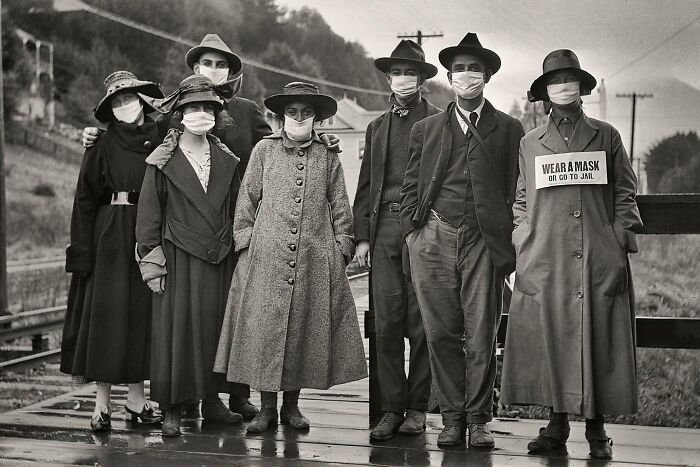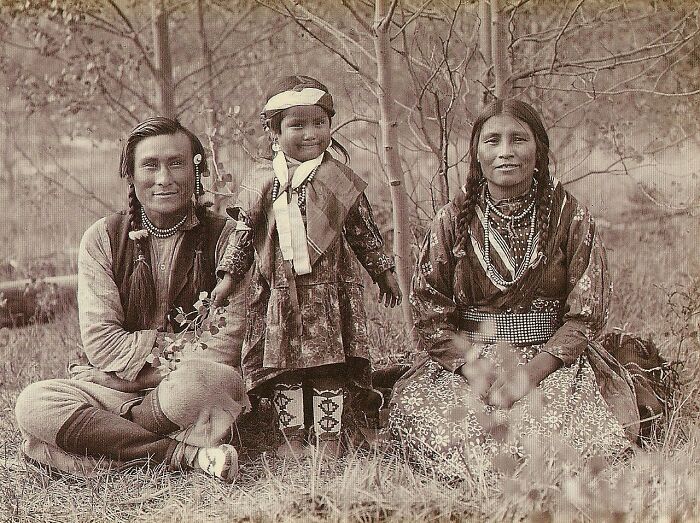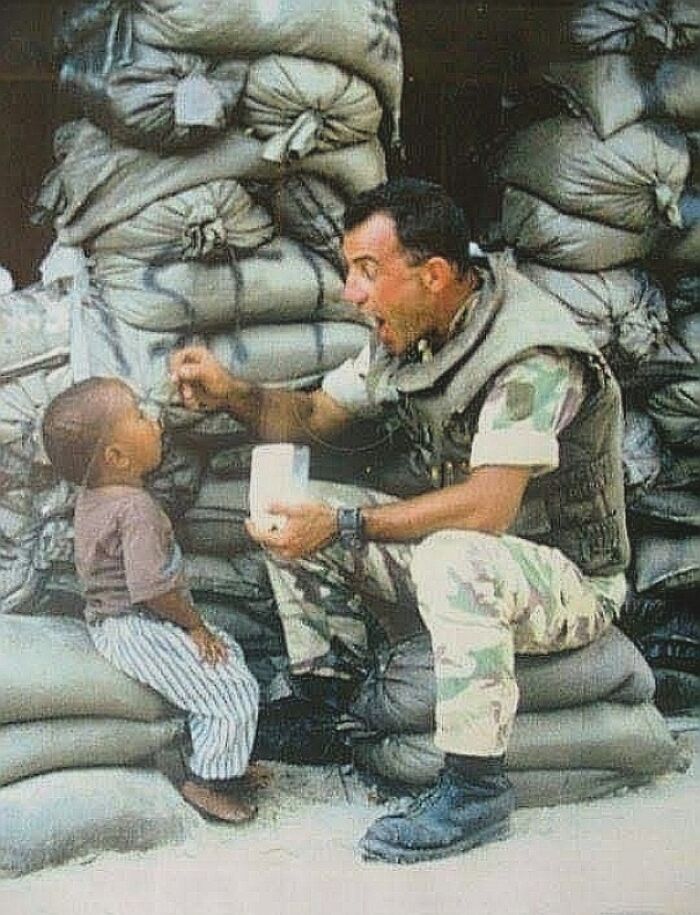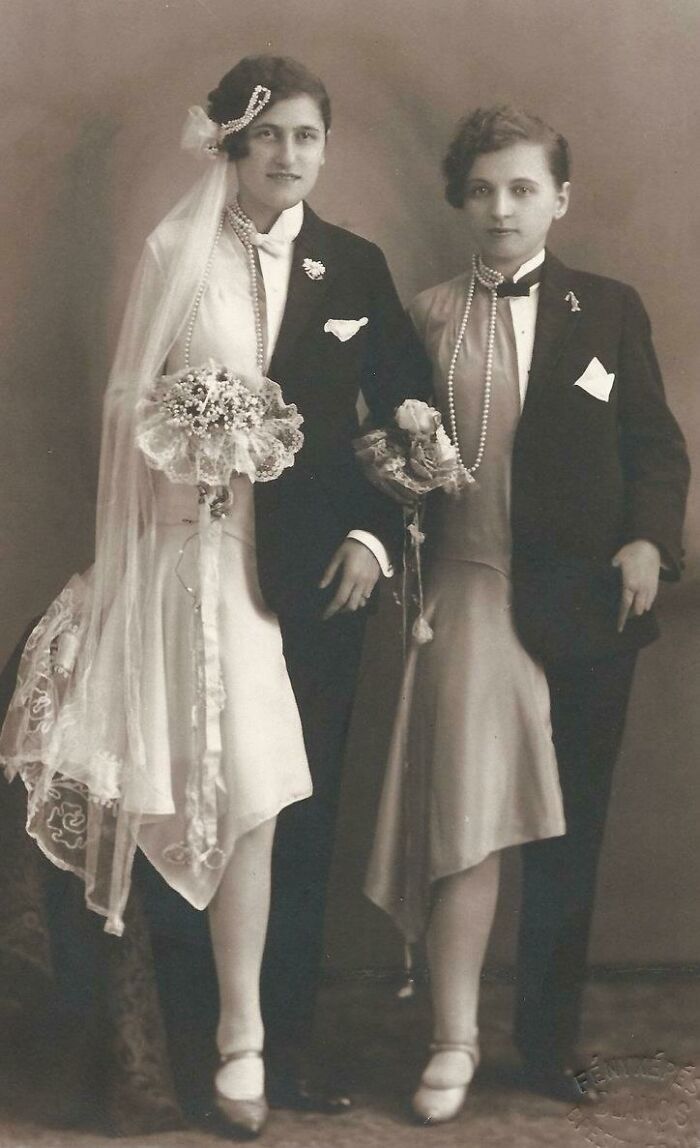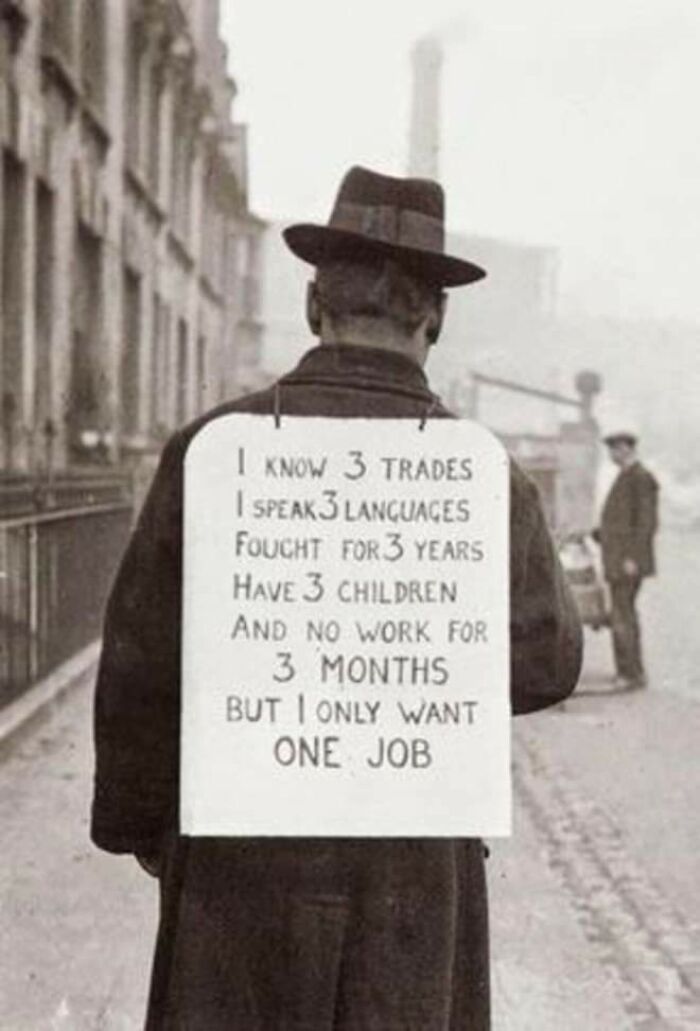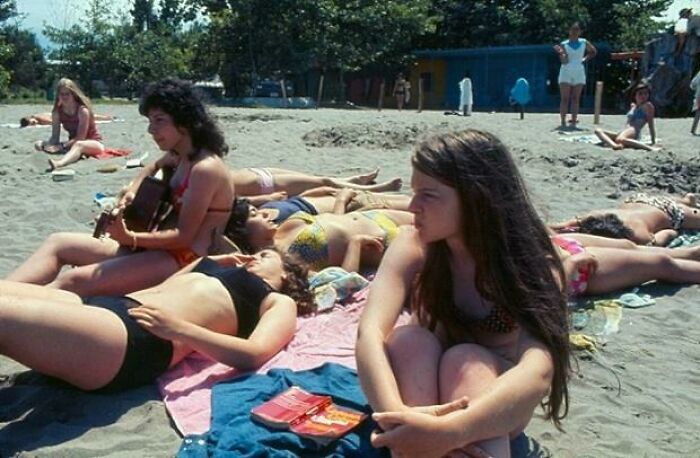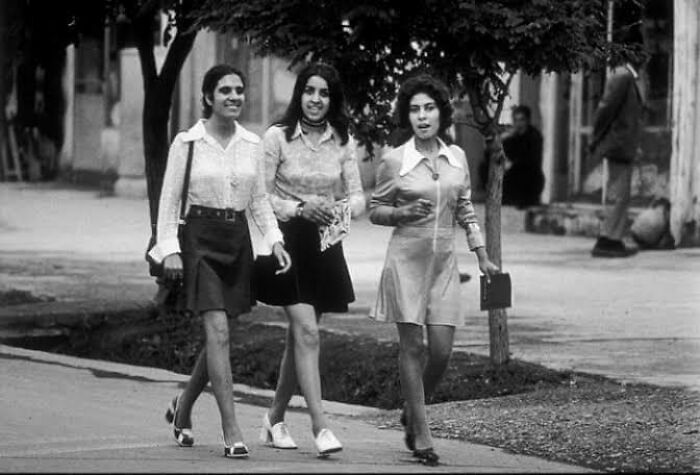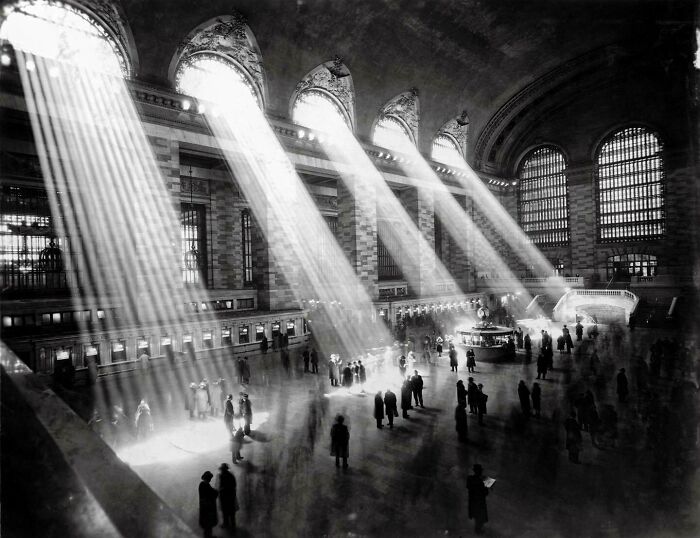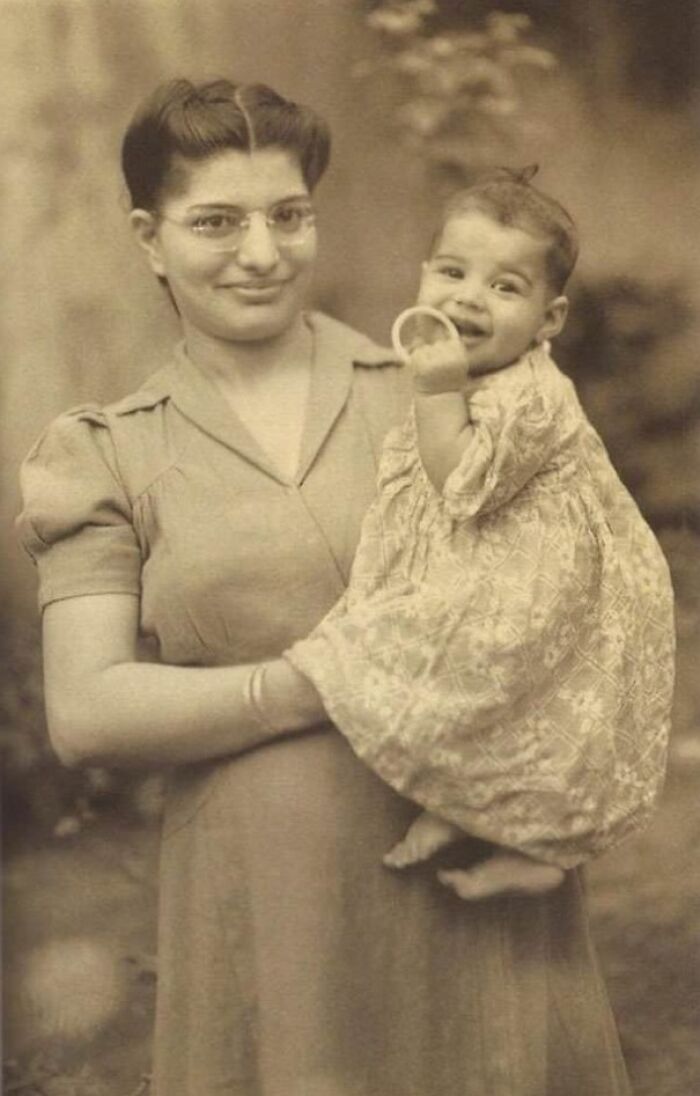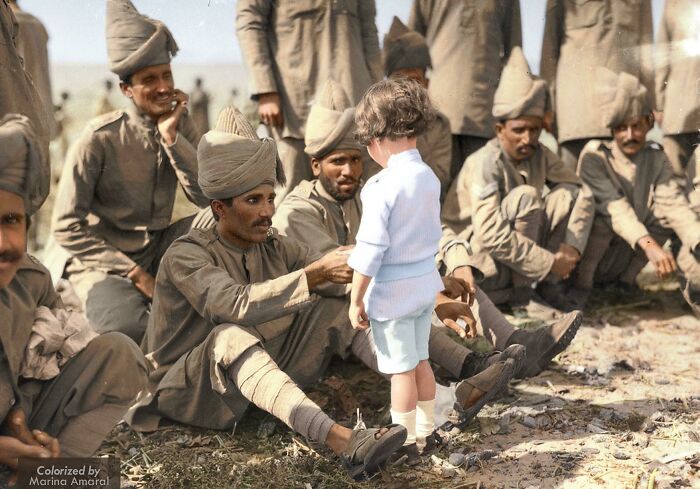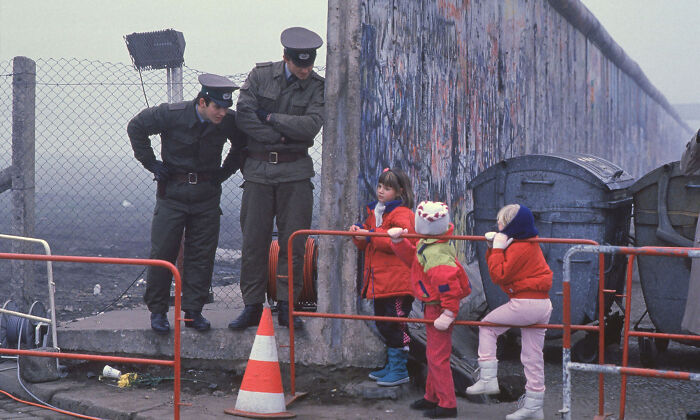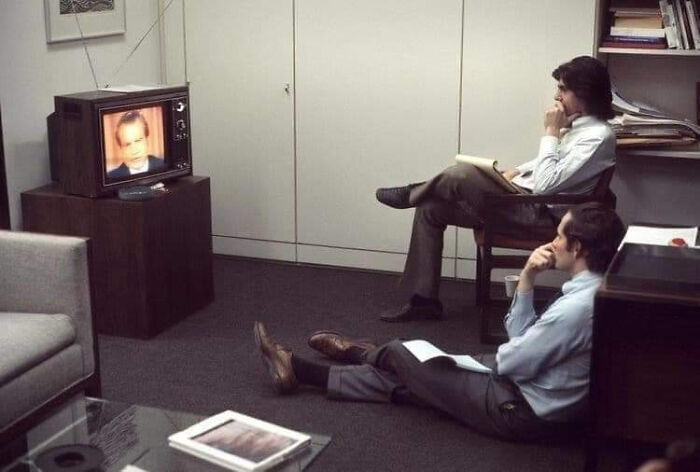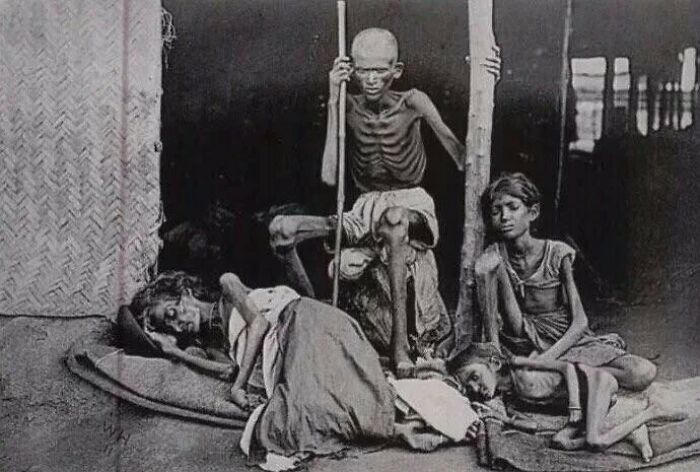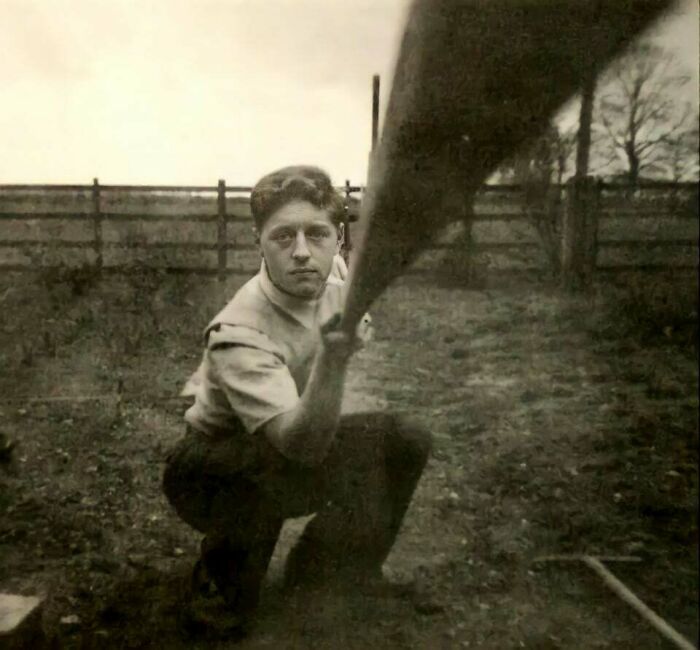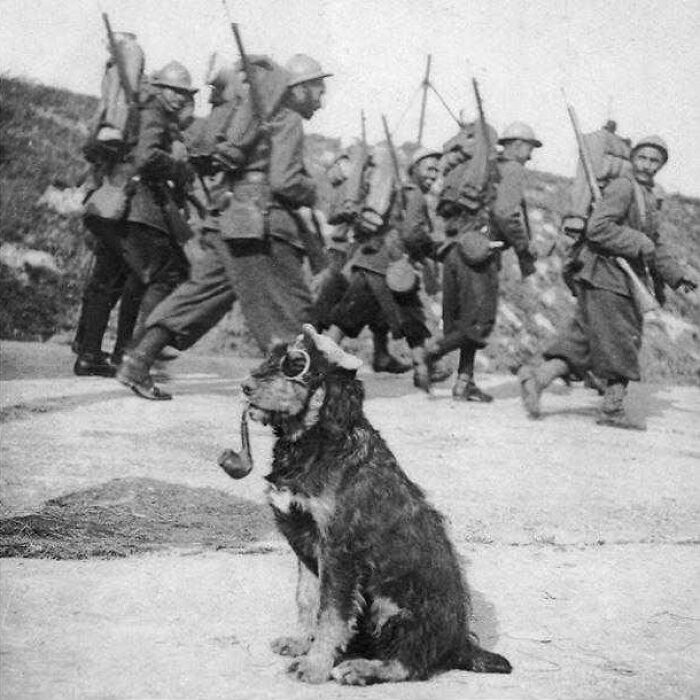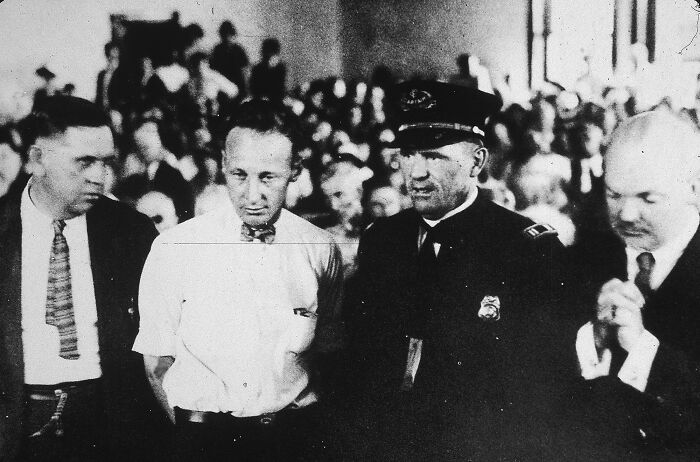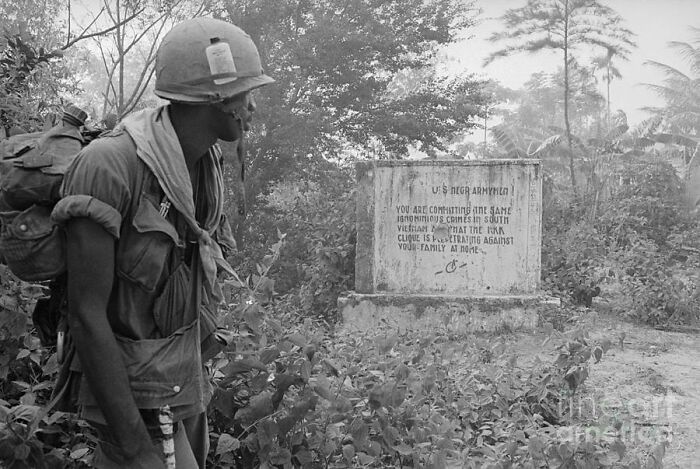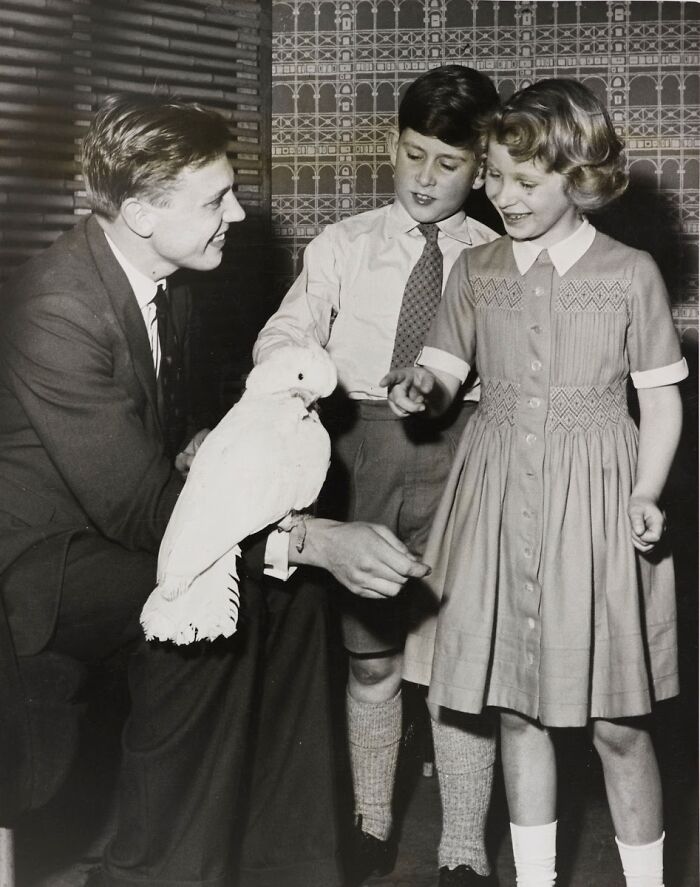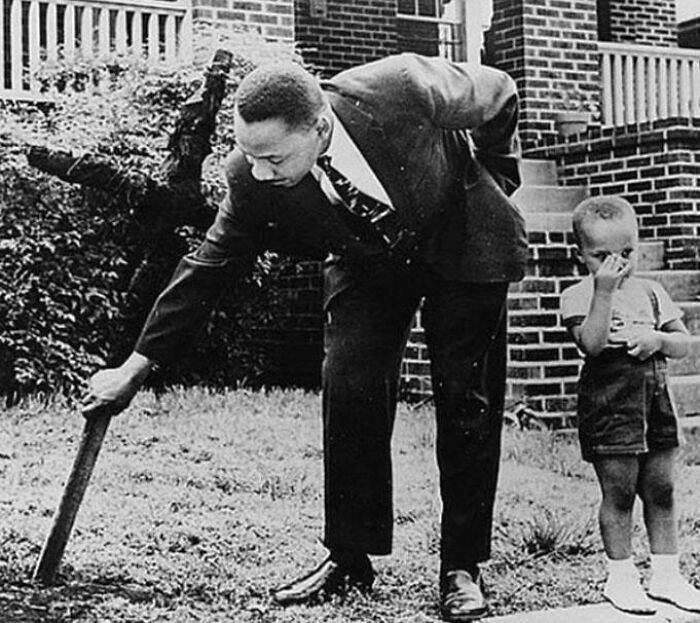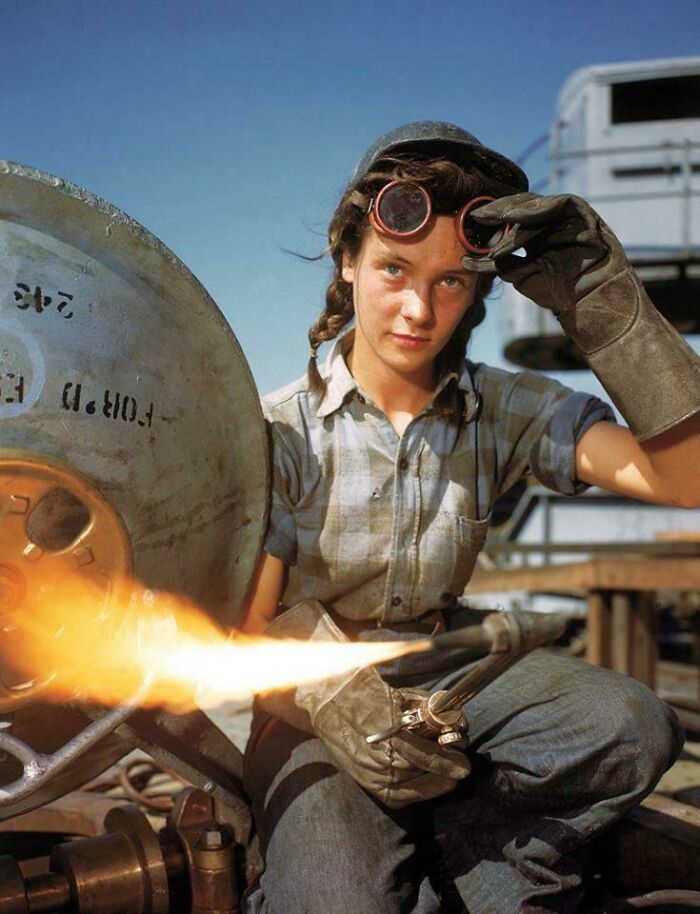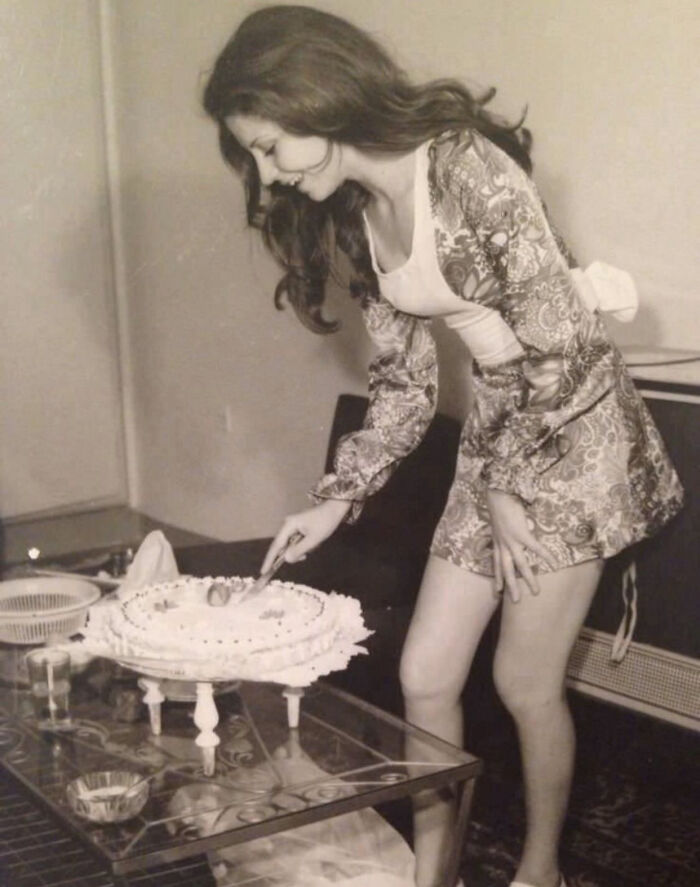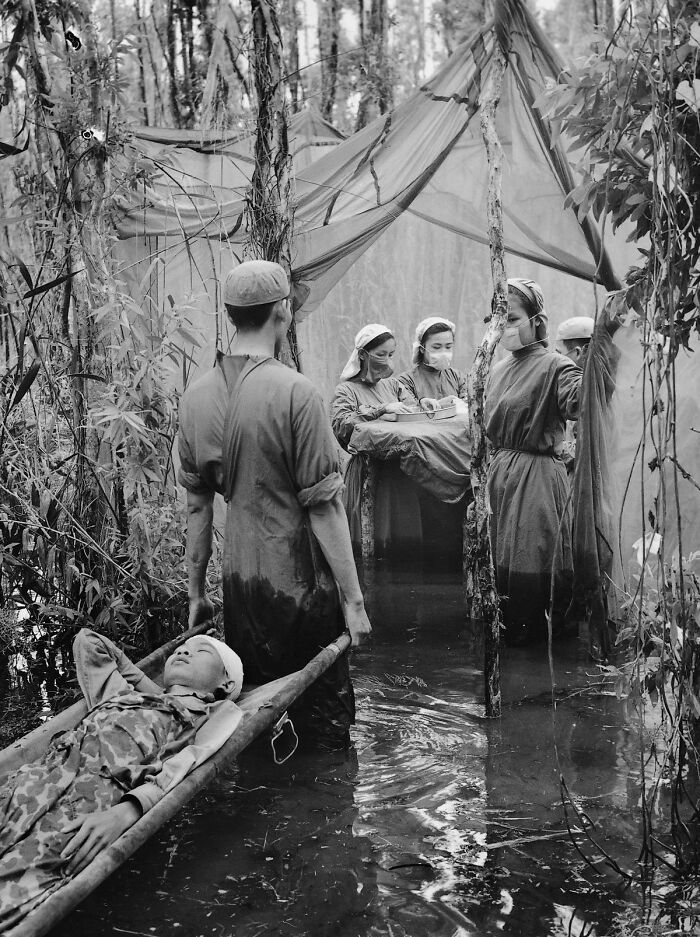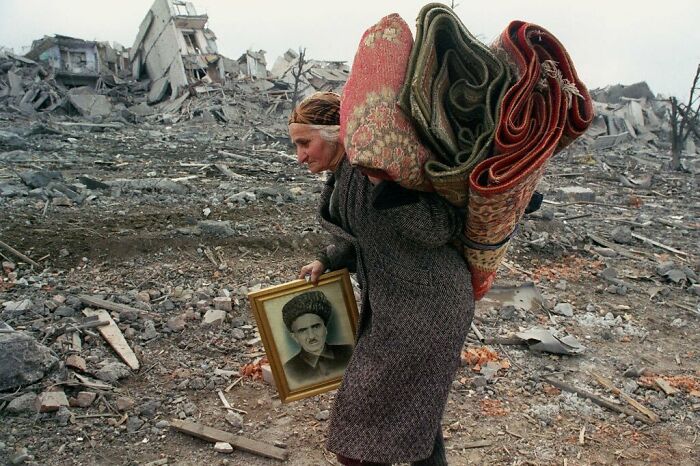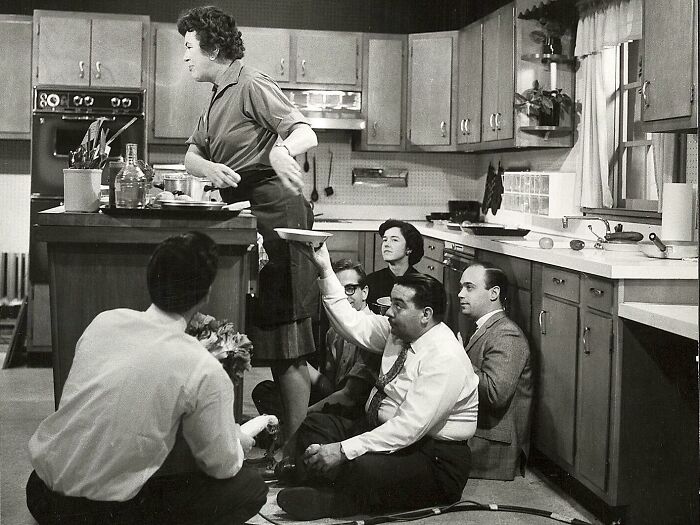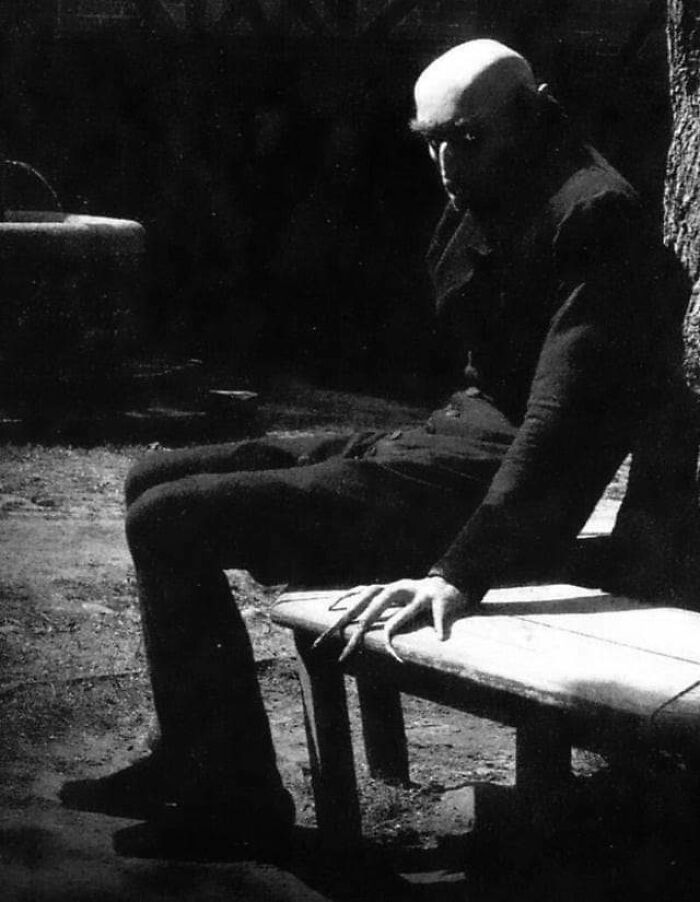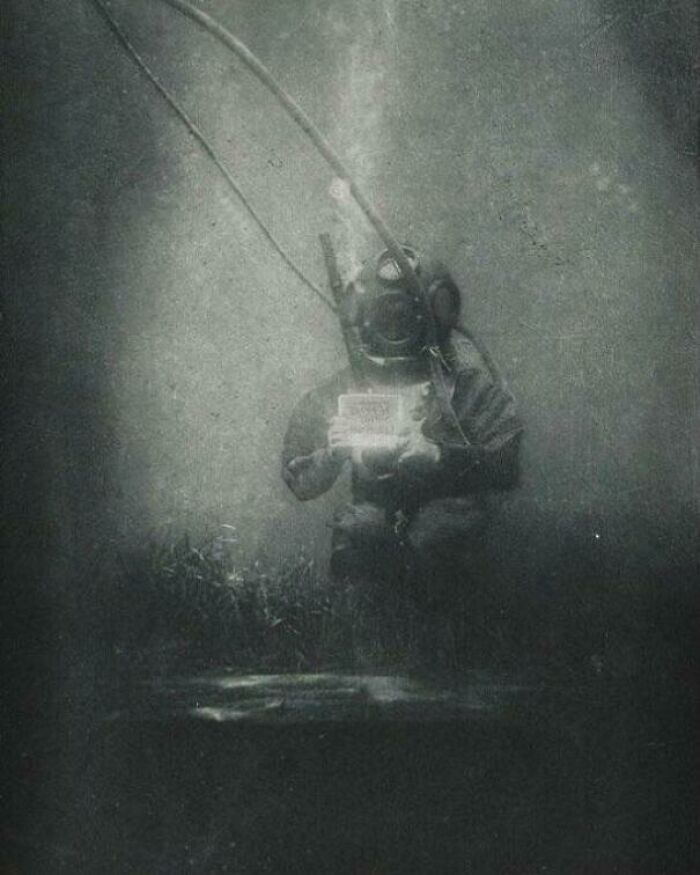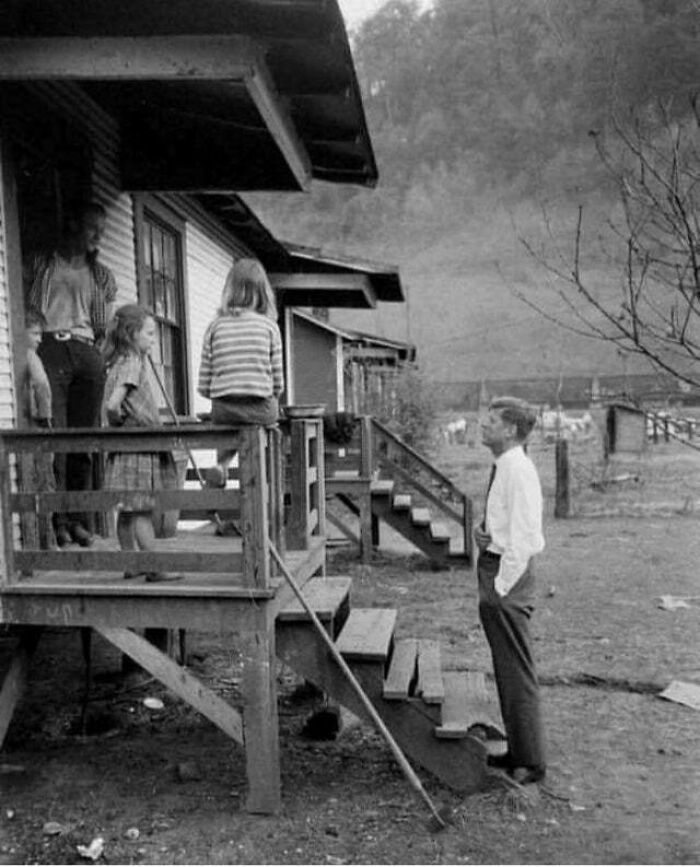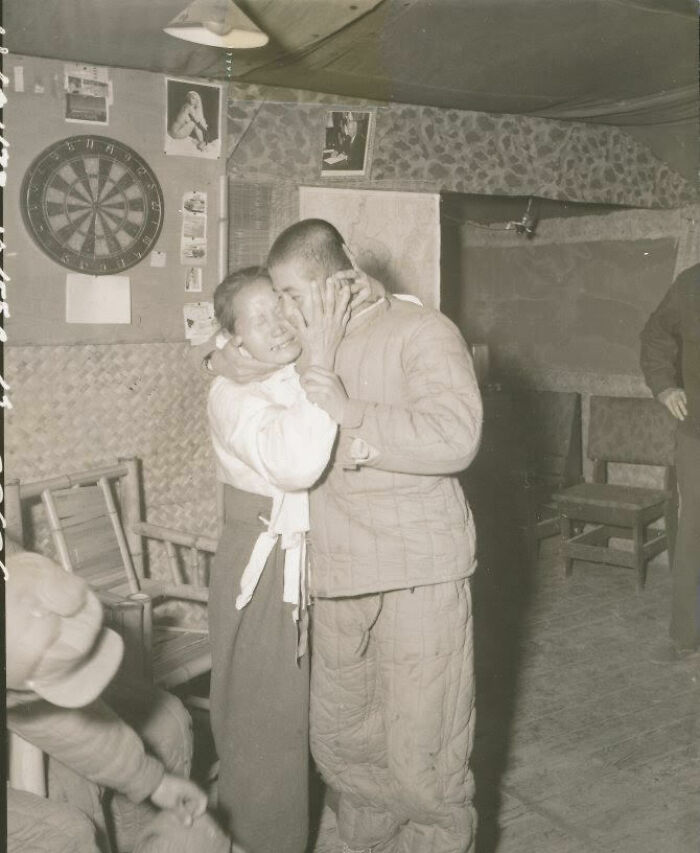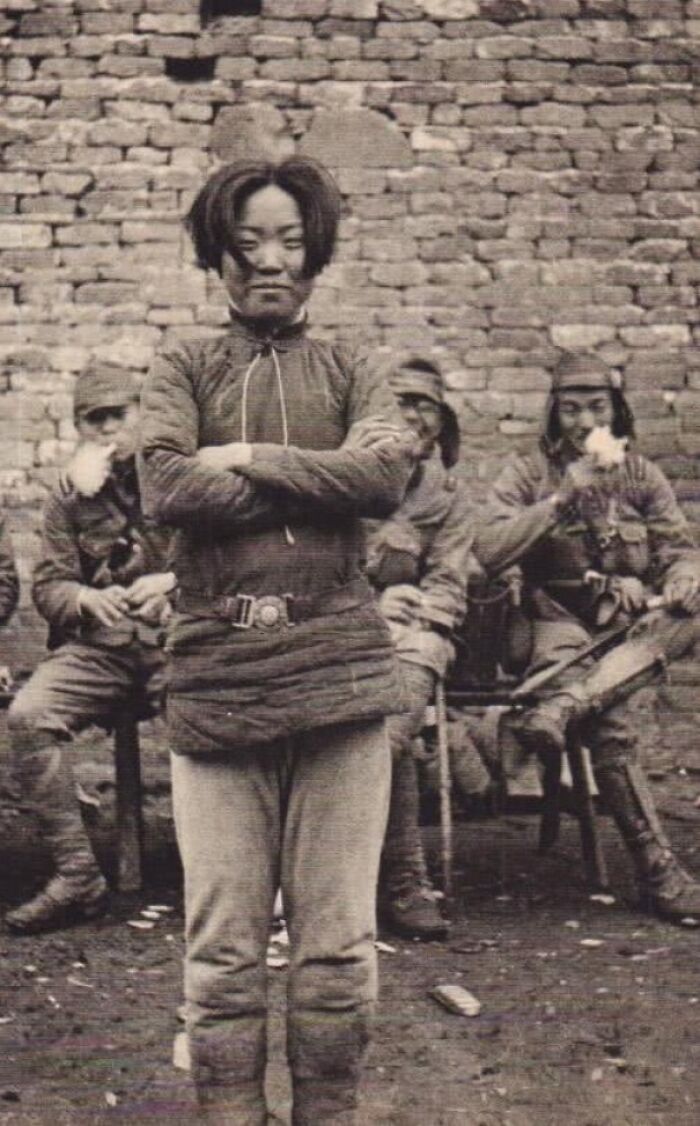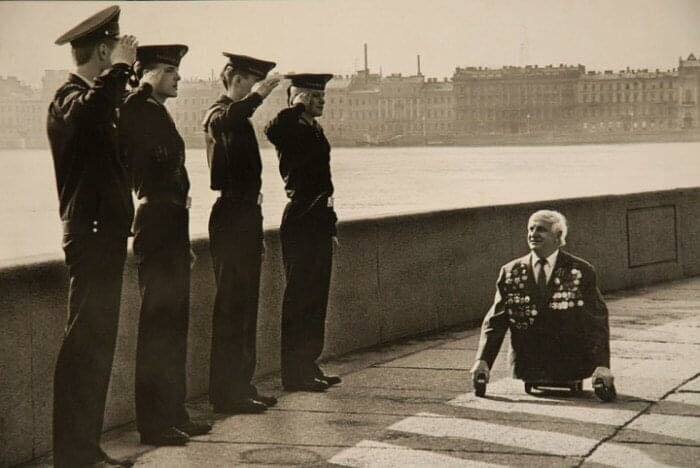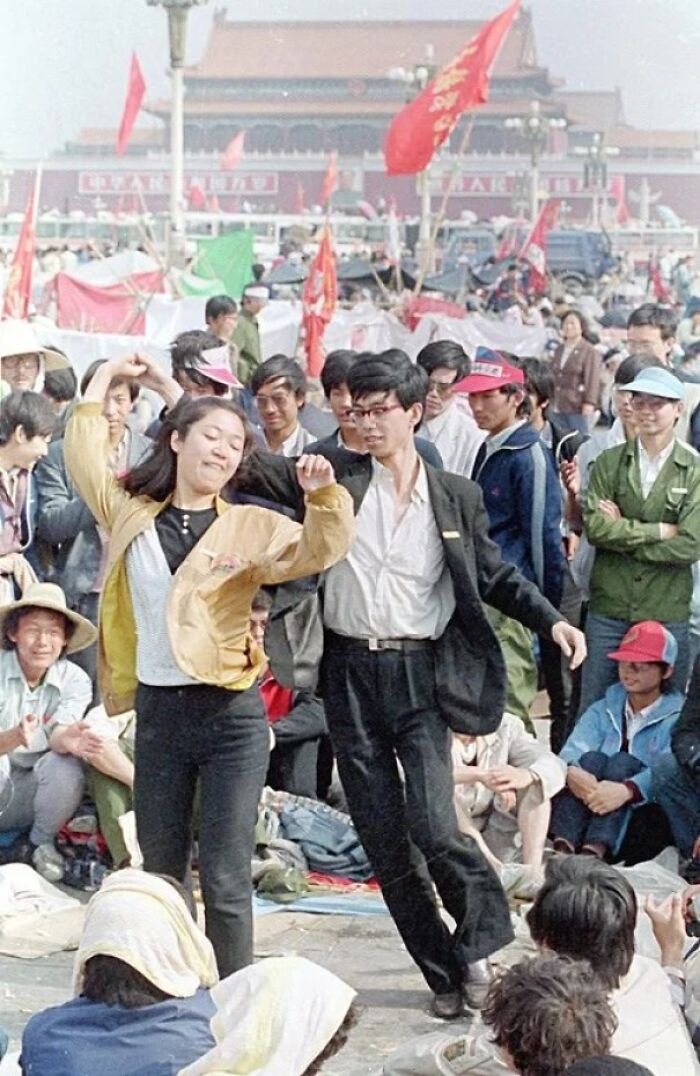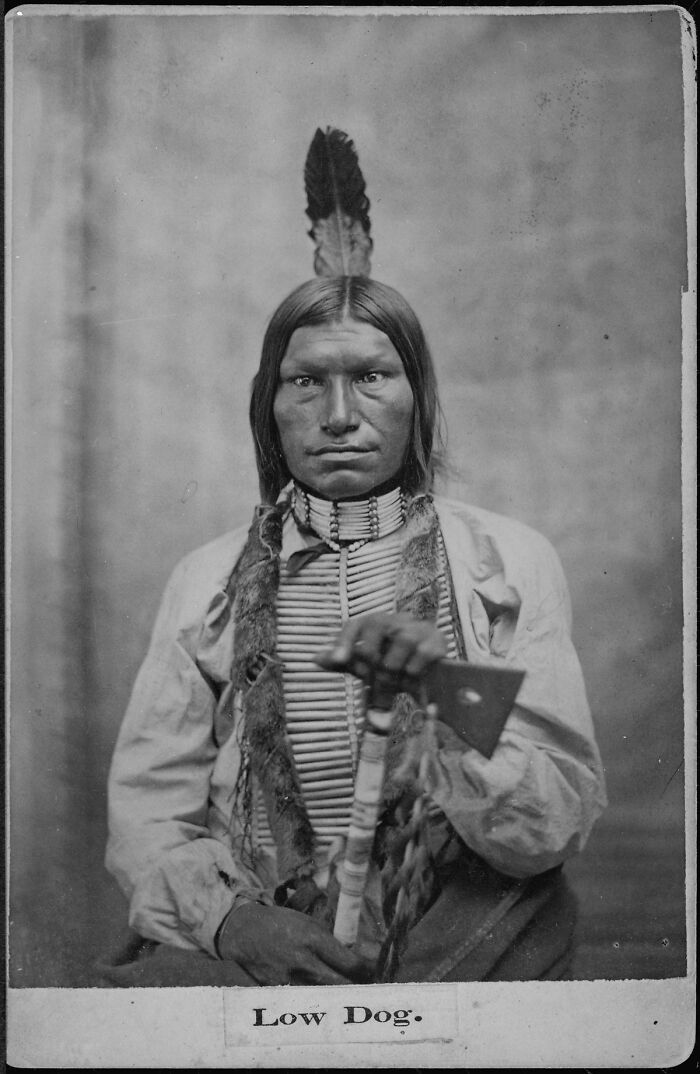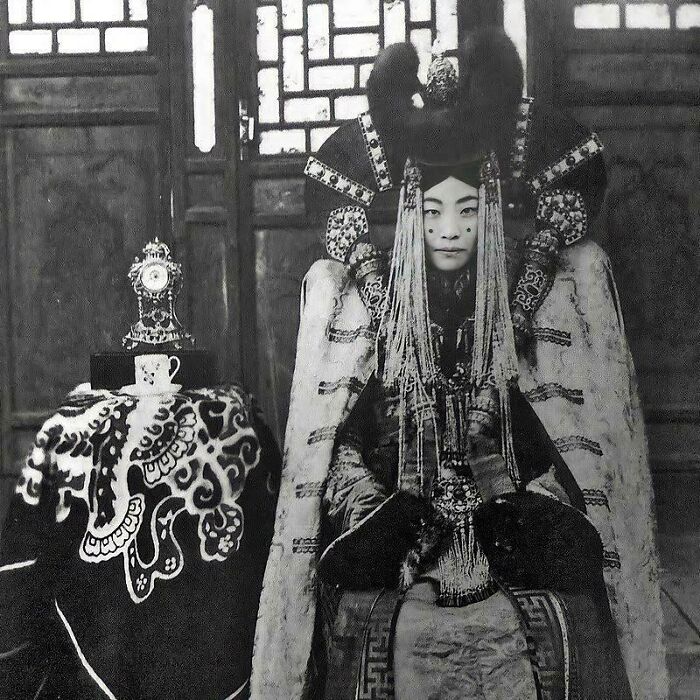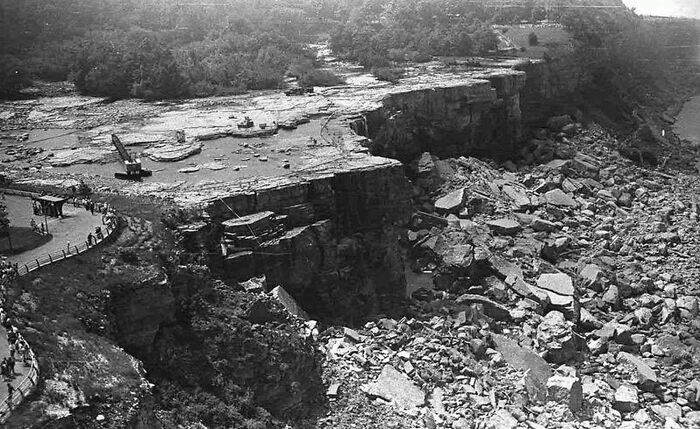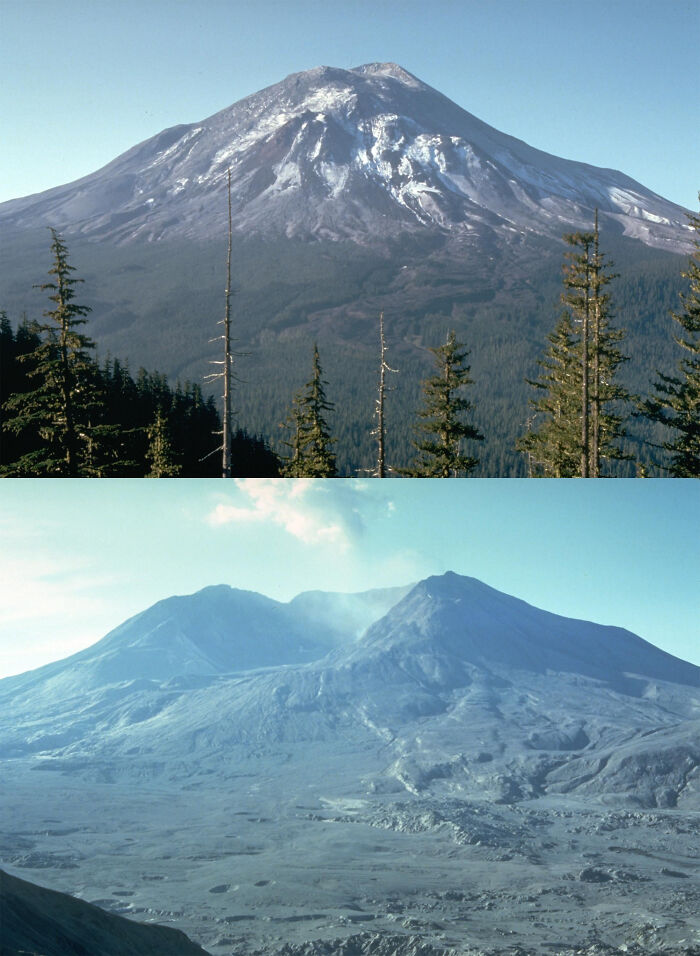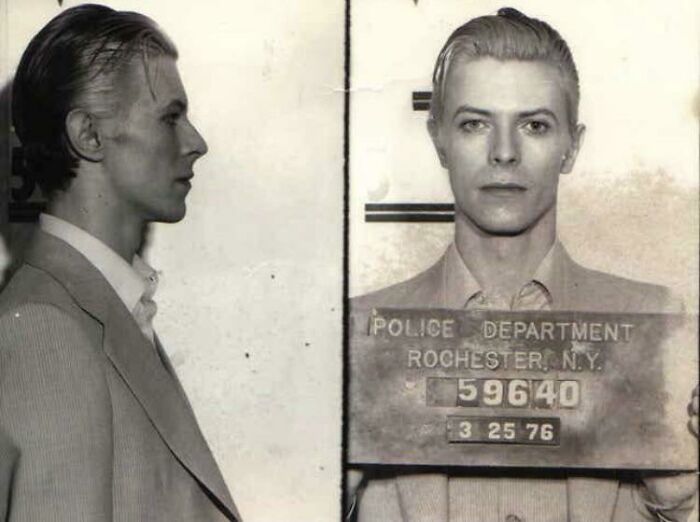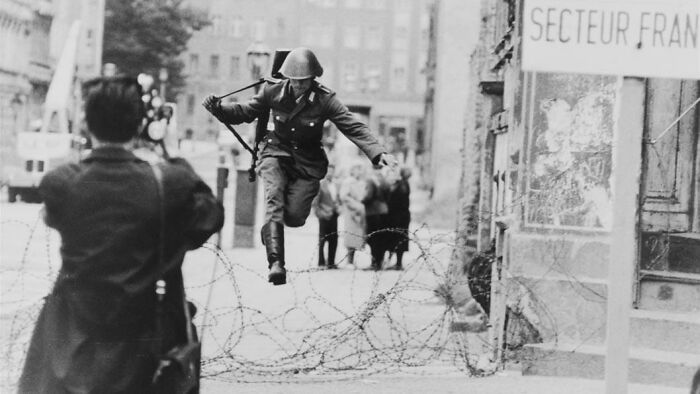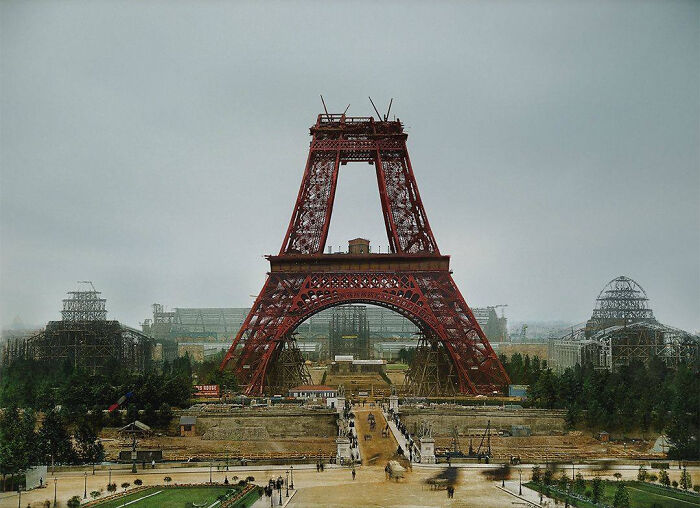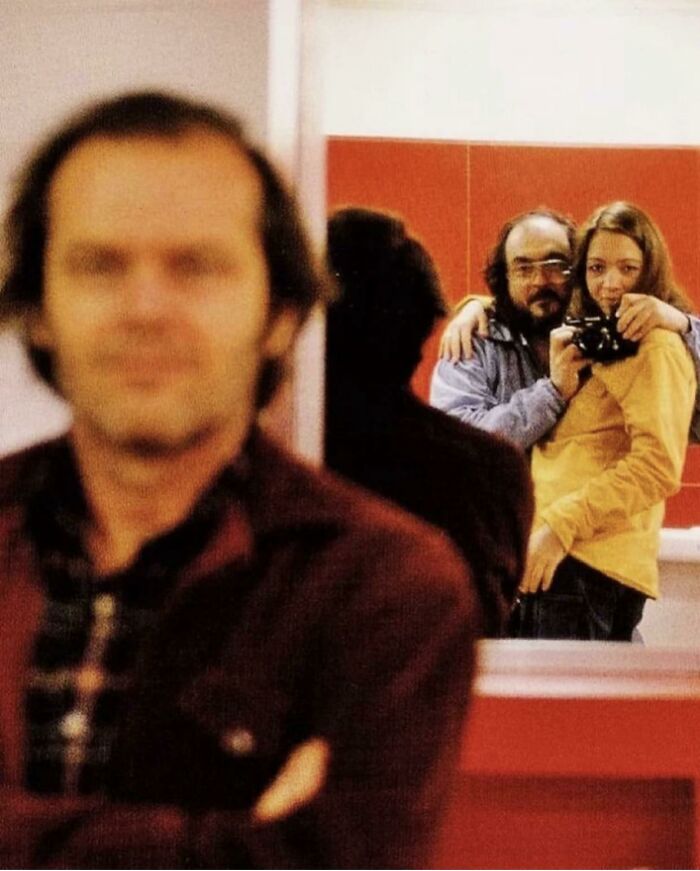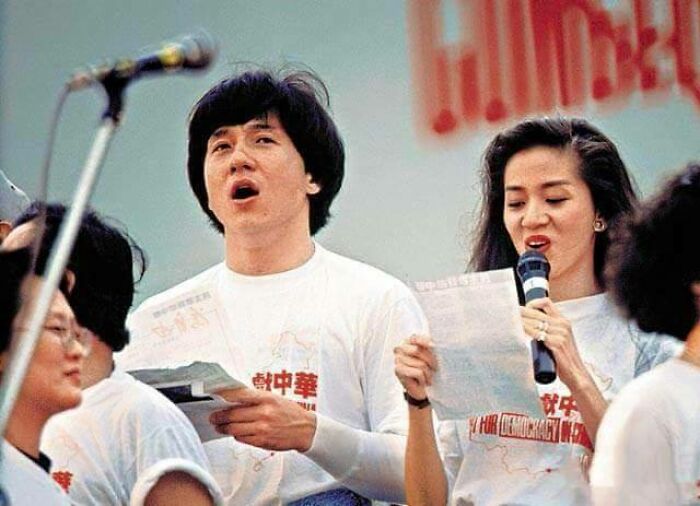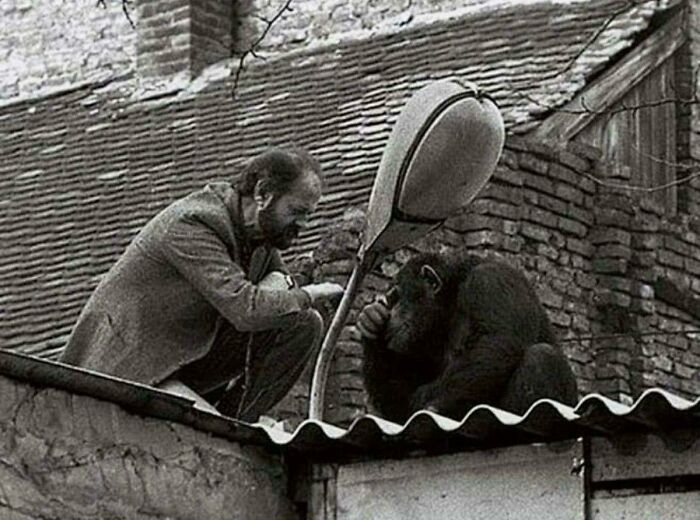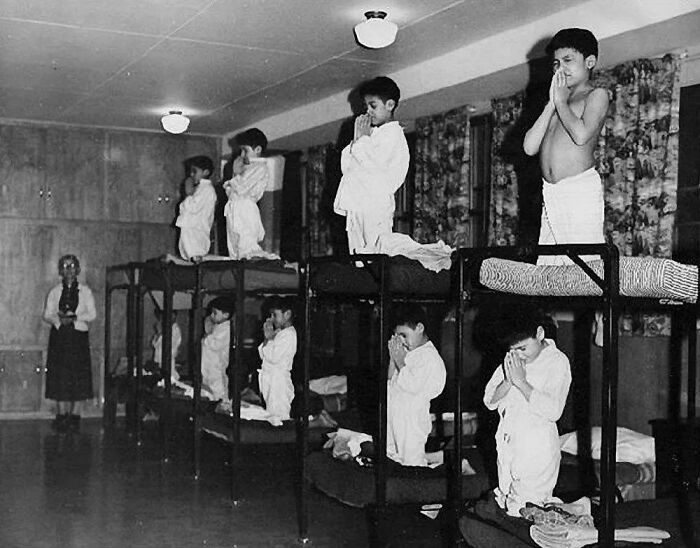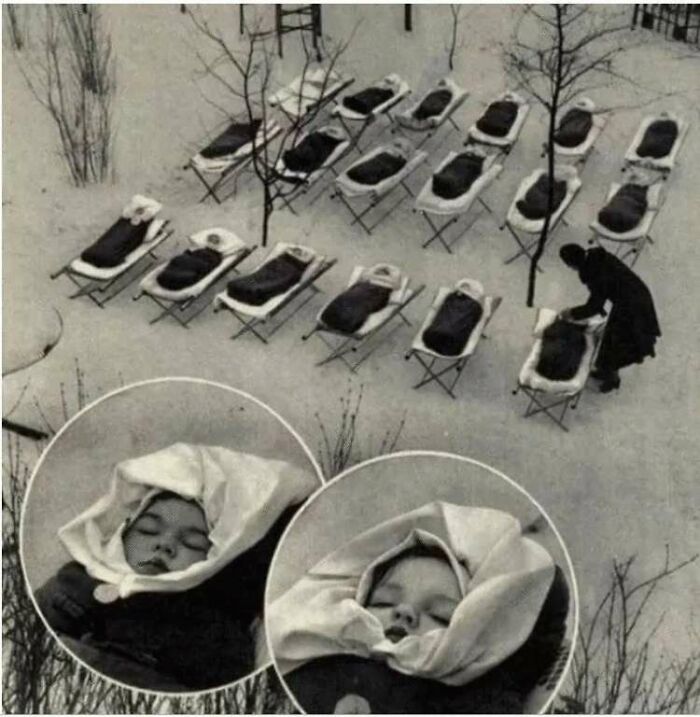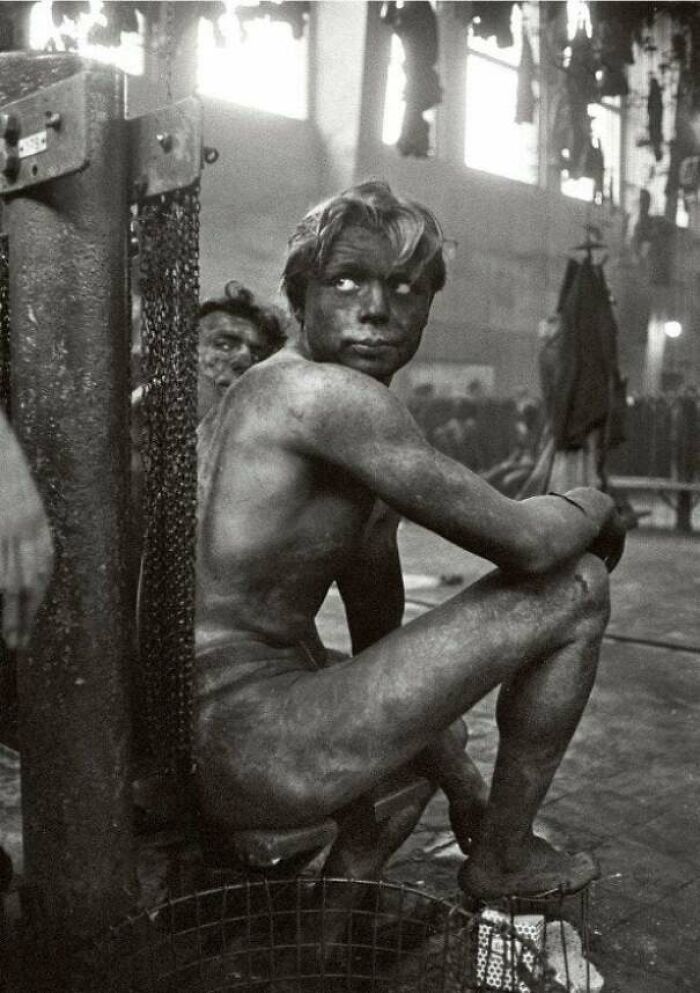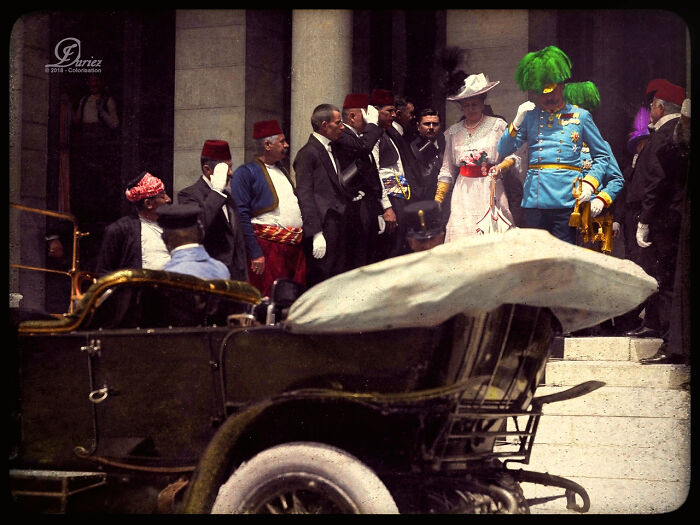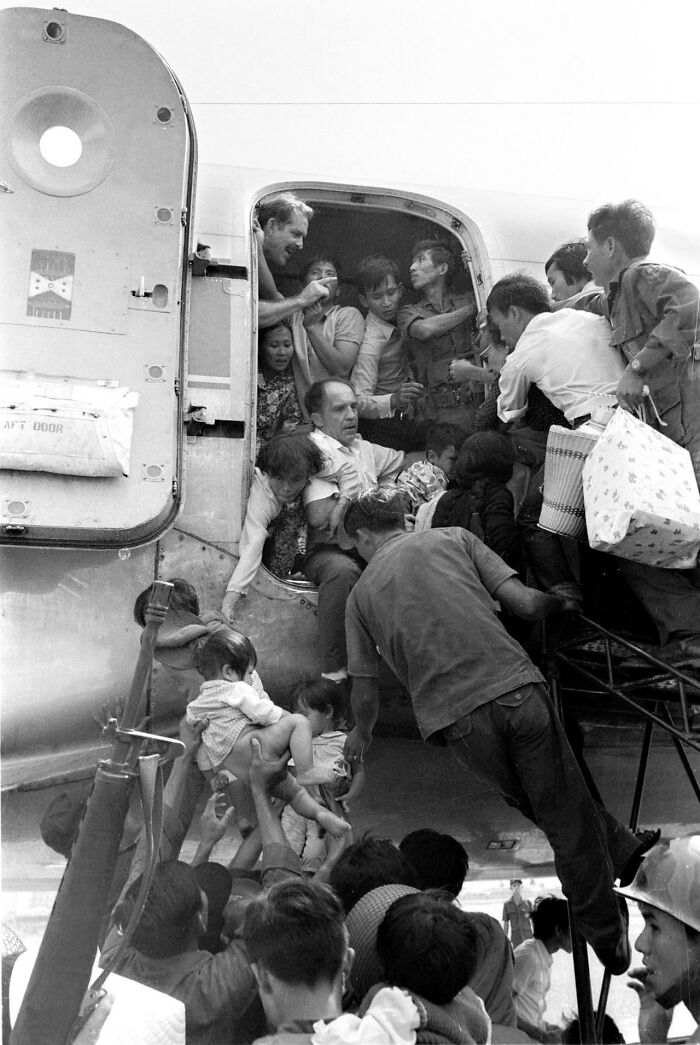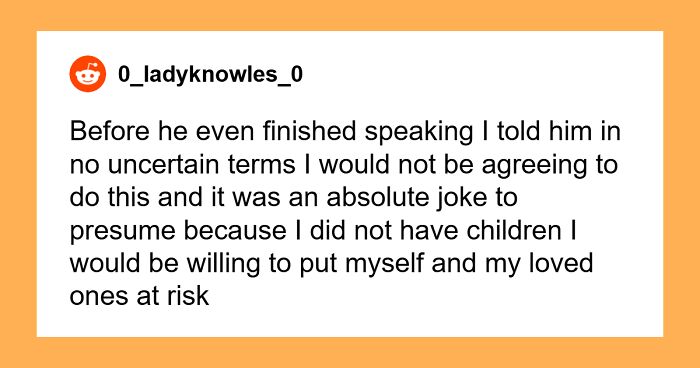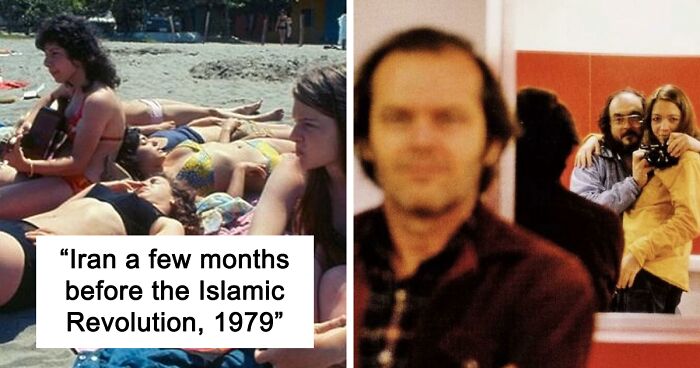
1.1Mviews
50 Important Historical Photos That Might Change Your Perspective On Things (New Pics)
In the mid-2000s, historian Anna Pegler-Gordon said that visual media often seems more accessible to her students than the written record. They claimed images make the past seem more accessible, giving concrete shape to a world that sometimes seems intangible. Not to mention the immediacy of the image, which often conveys information more quickly than a primary document written in an unfamiliar, or even a foreign, language. But according to Pegler-Gordon, this immediacy also works well in discussion sections, where the shared experience of viewing a picture can provide a focus for lively group discussion.
Now, 15 years after the professor said these words, we can say that her insights were spot on. Take this subreddit, for example. It unites over 3 million people, and they're all exploring the past through historical photographs. The rarely seen images coupled with the detailed fashion in which the community shares them with one another (every upload includes an accurate description of what is being presented (event, location, war, year, etc.) not only provides a look into our earlier days, but also inspires interesting discussions in the comment section.
We at Bored Panda have already covered the subreddit here and here, but it has received plenty of new submissions since our last publication, so we thought it's about time we made another one. Continue scrolling to check out some of its recent posts and the conversation we had with historians Joshua Wilkey and Darren R. Reid.
This post may include affiliate links.
Cop Stops The Traffic In New York So A Mother Cat Holding A Kitten Can Cross Safely C.1925
Remember That Photo Of The Construction Workers Having Lunch On The Unfinished Empire State Building? Well Here's The Photographer Charles Ebbets Taking That Photo. 9/20/1932
"I think photography can be an essential and powerful tool for understanding history, but I think it is also necessary to view all photographs with a critical eye," professor, writer, and amateur homesteader Joshua Wilkey told Bored Panda. "While we might be accustomed to skepticism of photos in the age of Photoshop, photo editing isn't the only thing that should give us pause."
Dr. Darren R. Reid, who earned his Ph.D. from the University of Dundee and is now a lecturer at Coventry University, agrees. He explained to us that images are an incredibly important part of how we understand the past. "They give us a distinct look into how people and societies viewed themselves and each other," Reid said.
"In the medieval period, for example, Jesus and the saints were often depicted as physically larger than ordinary people — not because they were believed to be taller, but because they occupied a higher status in the minds of the artists who produced these images, and the audiences who consumed them. In later centuries, Europeans (and their descendants) looked to the classical world for inspiration, spending huge amounts of time (and money) on images that were both increasingly realistic and idealized."
"Native Americans and American colonizers were frequently depicted in classical poses — all deliberate choices that show us how many people perceived the invasion of the Americas and the genocides that occurred there," Reid continued. "They also include important details (such as items of clothing, hairstyles, etc.) that help us to picture the past. For modern people, this means we can more accurately imagine, and perhaps, empathize with the very different folks who came before us."
Rail Commuters Wearing White Protective Masks, One With The Additional Message “Wear A Mask Or Go To Jail,” During The 1918 Influenza Pandemic In California
Stoney First Nation Member, Guide Samson Beaver With His Wife Leah And Their Daughter Frances Louise, 1907. Photo Taken By Mary Schäffer
Mogadishu, 1993. An Italian Soldier Gives Food To A Local Orphan
Talking about photographs, in particular, Joshua Wilkey provided a few very helpful questions we can ask ourselves when analyzing them:
Is the photo lacking context? Or what is happening outside of the frame? "There's always the chance that the viewer is seeing an intentionally skewed perspective," Wilkey highlighted. "A picture might be worth a thousand words, but sometimes it takes a thousand words to explain the context of a single photo. Some pictures are downright strange without context."
Is the photo representative? In other words, can the photo indicate something bigger than itself? "For example, the internet has, for years, made fun of North Korean dictator Kim Jong Un for marveling at seemingly cool but likely fake things like modern and well-stocked grocery stores. These photos are meant to be representative images portraying for Kim's people and for foreigners that North Korea is a modern and well-nourished society. The reality is a bit different."
Atelier Photo: "A Lesbian Couple In Semi Drag Wedding Attire"; Kingdom Of Hungary - Budapest, 1920
A Man Looking For A Job Wearing His Cv, England - 1930s
A Beach In Iran A Few Months Before The Islamic Revolution, 1979
As the historian said, these concepts can apply to virtually any photograph, but they become crucial when we're viewing a particular one as evidence. "They are important for historical photographs because of the power and usefulness of photography in political propaganda. North Korea is a great example of a regime that uses photography for propaganda, and the Soviet Union and the US were great examples too, particularly during the Cold War and the Space Race."
"Another good example of government using photography to achieve a political end was the Farm Service Administration's use of photography to document the impact of the Great Depression as a means of garnering support for the New Deal," Wilkey added. "Roosevelt's opponents argued it was political propaganda, while his proponents argued it was an accurate depiction of what was happening. Ultimately, most scholars have concluded that, while it accomplished political ends, it was indeed an accurate portrayal of reality."
1972: 3 Women On The Streets Of Kabul, Afghanistan
A Man Browses For Books In The Old Public Library Of Cincinnati. The Building Was Demolished In 1955. Today An Office Building And A Parking Lot Stand Where It Used To Be
Oh God SO MANY BOOKS!!! I hope they saved the books before demolishing the building
It’s No Longer Possible To See This, As Buildings Outside Block The Sun. Grand Central, NYC, 1929 Photo By Louis Faurer
One more case that Wilkey mentioned to illustrate his point is Jacob Riis’s 1890 photojournalism work titled 'How the Other Half Lives,' which offered shocking views of tenement housing in New York City.
"Riis's work was accused of being 'muckraking' (activist journalism), but it led to reforms on tenement laws and rights and helped shepherd some of the first public health laws in the US," the historian said.
"Using photos from Riis’s work, one can apply both of the principles above: consider what is happening outside the frame of the camera, and consider whether the photos are representative. In the case of most of Riis’s photos of terrible living conditions, what was outside the frame of his camera was much the same as what was inside the frame, and his photographed subjects were representative of their entire communities. For me, they pass both my tests and should be treated as important historical sources."
Freddie Mercury With His Mother, 1947
A French Boy Introduces Himself To Indian Soldiers Who Had Just Arrived In France To Fight Alongside French And British Forces, Marseilles, 30th September 1914. [colorization]
West German School Children Pause To Talk With Two East German Border Guards Beside An Opening In The Berlin Wall During The Collapse Of Communism In East Germany In November 1989 (Photo: Stephen Jaffe)
However, Darren R. Reid pointed out that not only politicians and governments contribute to bending the narrative, and suggested taking a closer look at the art produced by the people.
"The invasion of the Americas was frequently sanctioned and/or driven by governments, but it was the acts of 'ordinary' people that made it possible, and across that continent, a huge body of work was produced to justify, even encourage, some really terrible acts," he said. "American comic books and movies depicted Native Americans as simple, brutish, and savage. This helped to justify genocide and colonization as it was ongoing — and justify it, long after the most violent part of the process was complete. For a great example, check out the awful depiction of Native Americans in Disney’s Peter Pan. They helped to justify the colonial project to generations of children, right up to the present day."
As Sue Walsh, the creative director at SYPartners, wonderfully put it, the way we perceive the world is more fluid than the binaries of fact and fiction. Especially now that we live in what some call a post-truth era. So keep not only an open eye, but a sharp mind as well if you want to navigate it.
Reporters Who Exposed The Watergate Scandal Watch President Nixon Resign, 1974
A Man Guards His Family From The Cannibals During The Madras Famine Of 1877 At The Time Of British Raj, India
I don't care if anyone gets offended by this, bt fck those colonizing grassholes! This looks so painful to WATCH, the pain they must've gone through is beyond my capability to imagine.
A Man Takes A Selfie Using A Stick Of Wood To Activate The Camera, 1957
French Soldiers Passing By A Dog Wearing Googles And Smoking A Pipe, 1915
High School Teacher John T. Scopes Is Brought To Trial In Dayton, Tennessee For Teaching The Theory Of Evolution, Which Was Prohibited Under State Law. July 10, 1925
There are people today who want to return to those benighted days.
A Black U.S. Soldier Reads A Message Left By The Việt Cộng During The Vietnam War, The Message Reads: "U.S. Negro Armymen, You Are Committing The Same Ignominious Crimes In South Vietnam That The Kkk Clique Is Perpetrating Against Your Family At Home.", 1970.
David Attenborough Entertains Prince Charles And Princess Anne With A Cockatoo. 1958
Martin Luther King Jr. Removing A Burnt Cross From His Front Yard In 1960
Ugh, I hate how racist some people are. It's sad there are still racists, but we've gotten much better
A Young Female Welder Photographed By Bernard Hoffman In Connecticut, Circa 1943.
Woman Cutting Her Birthday Cake In Iran 1973, 5 Years Before The Islamic Revolution
A Makeshift Hospital In The Vietnam War, 1970
An Old Woman Leaving Her Home With Just A Portrait Of Her Husband And Rugs. Russian Soldiers Gave Her Just 5 Minutes To Pack Her Bags And Leave Before They Destroyed Her Home And Everything In It. Her Sons And Husband Were Already Dead. She Had Lost Everything. May 1995, Grozny
Filming An Episode Of “The French Chef” With Julia Child, 1963
Max Schreck Relaxing Behind The Scenes Of Nosferatu, 1922
A Picture Of A Submerged Diver In 1899. Many Believe It To Be The First Photograph Taken Underwater
John F. Kennedy Campaigning Door-To-Door In West Virginia (1960)
I don't know about anyone else but when someone comments that they're commenting to hide a rude comment, it draws my attention to the rude comment, not away from it.
Korean Mother Embraces Her Son, A Prisoner Of War Who Escaped His North Korean Pow Camp Shortly After The Signing Of The Korean Armistice Agreement, Which Ended The Widespread Fighting Of The Korean War, 1953.
Chinese Guerrilla Fighter Cheng Benhua 成本華 Smiling Moment Before Execution By The Japanese, She Was 24. (Late 1938) [502 X 806]
Sailors Saluting A War Veteran, Leningrad 1989
Students Dance In Tiananmen Square Before The Arrival Of The Chinese Military, June 4th 1989
Chief Low Dog - An Oglala Lakota Chief Who Fought With Sitting Bull At The Battle Of Little Bighorn, C. 1881
The Queen Consort Of Mongolia, Genepil, In Mongolia. The Last Queen Consort And Married To The Bogd Khaganate, Bogd Khan, Until His Death On April 17th, 1924, When The Monarchy Was Abolished. She Was Killed During The Stalinist Purges In May 1938. Photograph Dated January 1st, 1923
Rare Photo Showing Niagara Falls Without Water, 1969
Mt St Helens The 17th Of May 1980 And 4 Months Later
David Bowie After Being Arrested For Marijuana Possession In Rochester, 1976
Photograph Of The First Official Defector Of The "German Democratic Republic", Conrad Schumann, Who Escaped To The Western Side On August 15, 1961 After Jumping The Unfinished Area Of the Fence That He Guarded.
Eiffel Tower Under Construction, July 1888 [colorized]
In the background you can see the halls constructed for the world fair 1889. All of which have been demolished afterwards unfortunately. The tower was the hightes building in the world until the Chrysler Building was finished in 1930.
Kubrick Taking A Photo With Daughter Vivian, On The Set Of The Shining. Nicholson Thought He Himself Was The Photo’s Subject. 1980
Ha! Imagine someone waves at you, you wave awkwardly back and it was the person behind you. That would be the same level of awkward i think. :D Poor Nicholson.
Actor And Martial Arts Star Jackie Chan At The Benefit Concert In Hong Kong, In Support Of Tiananmen Square Protesters - 1989
The Director Of The Belgrade Zoo Tries To Convince Sami The Chimpanzee To Return Home After He Escaped, 1988
Indigenous Children Forced To Pray To God In A Residential School Ran By The Canadian Government And Catholic Church Between 1930 And 1970, Unknown Location
Babies Left To Sleep Outside, Enforcing Immune Sistem, Moscow 1958
Coal Miner Waiting To Get Into The Communal Shower At The End Of His Shift, Taken In Gelsenkirchen, Germany, 1958. By Photographer Max Scheler
Archduke Franz Ferdinand And His Wife Minutes Before Assassination That Would Lead To Ww1, 1914 [colorized]
People Fighting To Get On A Plane In Nha Trang, April 1, 1975, During The Us Withdrawal From South Vietnam
Nirvana During The Photo Shoot For Their Album Nevermind, Which Was Released 30 Years Ago. 1991
Ugh, the baby for the cover has grown up into an insufferable a$$hole, just look up "Nirvana baby drama" and you'll see what that d*ckhead has been up to
Note: this post originally had 125 images. It’s been shortened to the top 50 images based on user votes.
Absolutely fascinating photos. Love these articles. Can't "like" alot of pictures as they are too sad
Weapons, war, religion, greed: these are how we have destroyed our world.
I think greed is probably beh9ind a lot of the war and religion, thereby making weapons profitable :-(
Load More Replies...I like posts that cover the whole world, not only the Western part of it
Absolutely fascinating photos. Love these articles. Can't "like" alot of pictures as they are too sad
Weapons, war, religion, greed: these are how we have destroyed our world.
I think greed is probably beh9ind a lot of the war and religion, thereby making weapons profitable :-(
Load More Replies...I like posts that cover the whole world, not only the Western part of it

 Dark Mode
Dark Mode 

 No fees, cancel anytime
No fees, cancel anytime 



